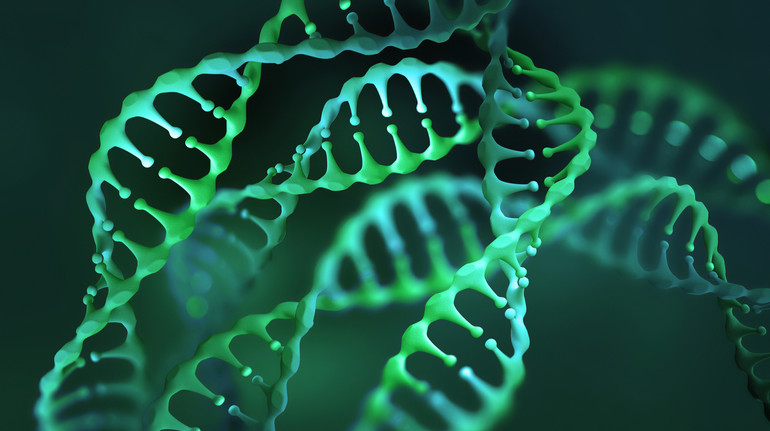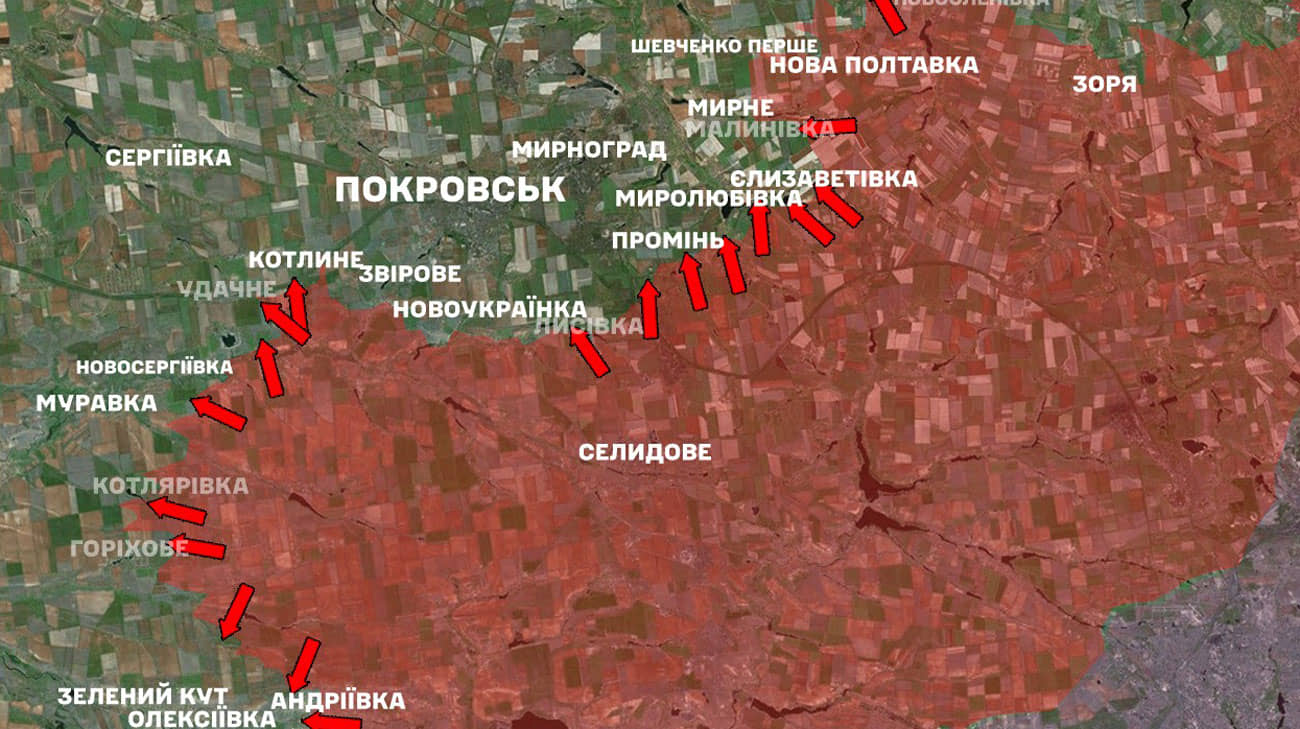A person’s DNA can change much faster than previously thought

Each new generation occurs from 98 to 206 new mutations
Yur4you/depositphotos
Despite the fact that scientists have already completely seven the human gene, its secrets are just beginning to reveal. A new research has shown that some areas of our DNA are mouting much faster than they thought before.
This is evidenced by the results of the study, Posted in Nature journal, writes IFL Science.
Genetic changes, or mutations, is the driving force of evolution. They help organisms adapt to the environment, transfer new signs and even develop disease resistance.
Scientists have found new changes in DNA, which were not inherited from their parents, but emerged for the first time in a new generation. But it is difficult to determine how often these mutations occur. Especially in certain areas of the genome, such as short tandem repetitions (STR) and repetitions with variant copies (Vntr). These genome zones have remained almost unattainable for analysis for a long time.
For the first time, a team of researchers from several institutes were able to explore these « elusive » parts of DNA for the first time. They used five different sequencing technologies to see both major and microscopic changes in DNA, in particular in their areas that were previously almost unexplored.
”We saw parts of our genome that are almost guaranteed to mutate in every generation« , – said one of the authors of the study, Dr. Aaron Quinlan.
Scientists have collected DNA 28 people from one family that covered four generations. This made it possible to trace genetic changes in dynamics – from ancestors to great -grandchildren.
”Such a branched lineage is a unique resource for science. We have been able to see how a generation gene from generation to generation with unprecedented earlier detail, ” – added the co -author of the study Dr. Deborah Nezlason of Utah University.
Scientists have found that Each new generation occurs from 98 to 206 new mutations. Much of them appear in « changing » genome areas. This may be important for medicine, in particular for genetic counseling.
For example, if a child has a disease caused by mutation in an unstable DNA area, and if this mutation is new, the risk of repetition in future children of the same family is much lower. So, Information on the speed of mutations can help to assess more accurately the risks of hereditary diseases.
Scientists recognize that their data concerns only one particular family, and additional research is needed to find out how much these patterns apply to other people.







